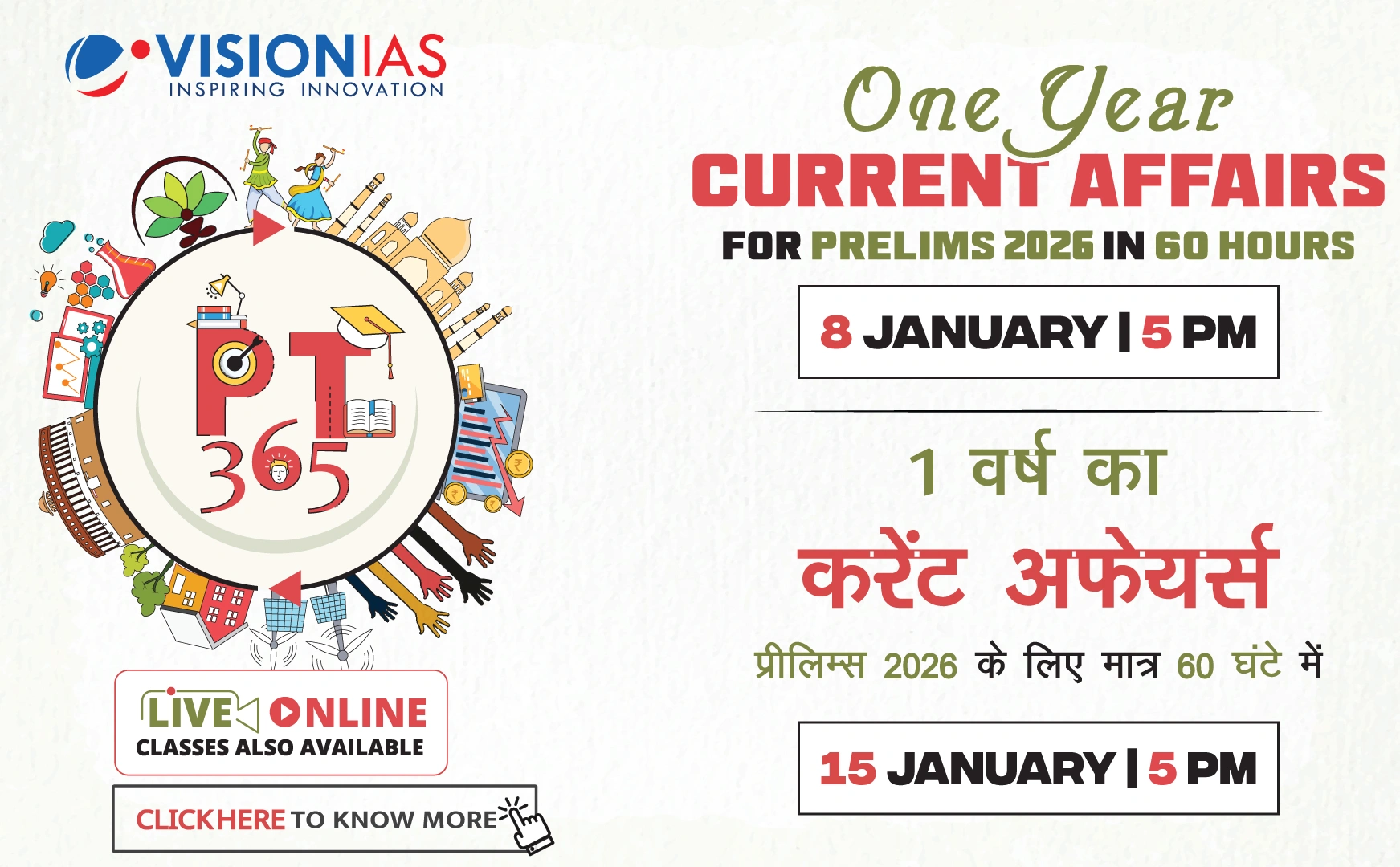Monetary Policy Challenges
Central banks have faced significant challenges in monetary policymaking, especially post the global financial crisis and the pandemic. Claudio Borio's reflections highlight the reversal from controlling inflation to boosting it, urging wage increases, and embracing fiscal expansion. This unexpected reversal peaked in 2022 with a global inflation cycle, presenting new challenges for India as well.
Globalization and Inflation
Globalization plays a dual role, contributing to periods of both low and high inflation. The influx of low-paid workers with the opening of emerging markets has added complexity to monetary policymaking.
Technological Advancements in Forecasting
Central banks, including the Reserve Bank of India (RBI), must update their research methodologies to forecast macroeconomic variables like inflation. The RBI has prioritized adapting to technological advancements, which is crucial given the uncertain inflation trajectory influenced by factors like global food prices and geopolitical uncertainties.
Large Language Models (LLMs) in Economic Forecasting
LLMs represent a significant shift in economic research methodologies, offering potential for cost-effective and precise inflation forecasting.
- Text Analysis: LLMs can analyze vast amounts of text data from news, reports, and social media to identify trends and sentiments affecting future price levels, enhancing "nowcasting" or short-term forecasts.
- AI and Inflation Forecasting: Studies by Miguel Faria-e-Castro and Fernando Leibovici show that LLMs like Google's PaLM produce accurate inflation forecasts with lower errors compared to traditional methods.
- AI Agents in Surveys: Deploying AI agents in surveys can replicate human responses regarding inflation expectations, crucial for policy design as household expectations affect consumer behavior and economic outcomes.
Generative AI Adoption
Research indicates rapid adoption of generative AI across sectors, with significant usage among U.S. adults and households. This trend highlights the need to understand AI-assisted decision-making's implications on economic forecasts.
Caveats of Using LLMs
Challenges with LLMs include lack of control over training data, non-time-stamped data, and replicability issues due to regular retraining by developers. Despite these, LLMs' potential in forecasting warrants exploration and assessment against traditional methods.
Google Trends and Inflation
Google Trends has been a leading indicator of inflation, as seen in instances where headline inflation rose following increases in Google Trends data. This demonstrates the potential of utilizing unconventional data sources for economic predictions.
Anecdotal Evidence: AI in Exit Polls
In June 2024, most Indian exit polls were inaccurate, but Kcore Analytics used AI to analyze social media interactions and economic data like inflation, accurately predicting voter preferences. This underscores AI's potential in political and economic forecasting.






